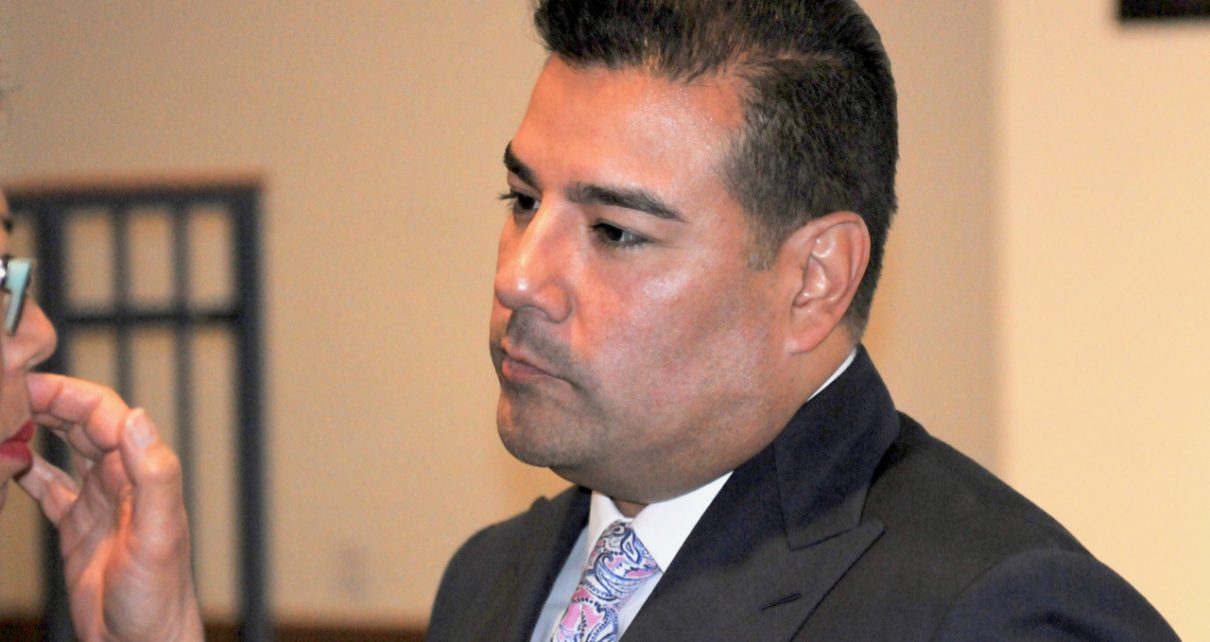
Insurance Commissioner Ricardo Lara. (Photo: Kevin Sanders for California Globe)
Ins. Commissioner Lara, Gov. Newsom Announce Sweeping New State Insurance Plan
Insurance experts said the plan had many gaps and doubt everything in the plan could be implemented by December 2024
By Evan Symon, September 22, 2023 12:11 pm
Insurance Commissioner Ricardo Lara and Governor Gavin Newsom announced major insurance changes late on Thursday designed to improve insurance choices and keep plans affordable amidst numerous insurance companies recently saying that they would either take no new home insurance policies or drastically reduce the number of new policies issued within the state.
Since May, 5 insurance companies operating in California have either stopped accepting all new homeowner insurance applications or put severe limits on how many new applications can be accepted in a year. State Farm became the first company in May to no longer accept new applications for any kind of insurance other than personal vehicle insurance. In June, Allstate made a similar announcement, saying that they had already not accepting new applications all year. Farmers was the next to announce in July, reducing the overall number of new monthly policies that they would accept.
In August, AmGuard and Falls Lake announced that they would be ending homeowners policies, with Farmers laying off 2,400 workers because of the decline. This is all on top of several insurance companies, such as AIG, leaving the California homeowners insurance market in the past few years. The reasons behind the decisions have been, in large part, because of significant increases in construction and reconstruction costs, inflation, and an increased risk of danger because of more wildfires and other natural disasters associated with climate change.
For months, Gavin Newsom, the Legislature, and Insurance Commissioner Ricardo Lara have largely been aloof while the homeowners insurance crisis worsened, with much of the burden being put on the state because of many opting to use the state FAIR Plan, which is intended as the coverage of last resort. However, the growing numbers of companies pulling out of California, along with increased pressure from Senate Republicans and other groups, led to Newsom and Lara to finally put together a plan. On Thursday, they both announced what the state would be doing under the new plan.
The new plan
According to a statement from the Department of Insurance, the following measures will be introduced:
- Executive action by Commissioner Lara to transition homeowners and businesses from the FAIR Plan back into the normal insurance market with commitments from insurance companies to cover all parts of California by writing no less than 85% of their statewide market share in high wildfire risk communities. For example, if a company writes 20 out of 100 homes statewide, it must write 17 out of 100 homes in a distressed area.
- Giving FAIR Plan policyholders who comply with the new Safer from Wildfires regulation first priority for transition to the normal market, thus enhancing the state’s overall wildfire safety efforts.
- Expediting the Department’s introduction of new rules for the review of climate catastrophe models that recognize the benefits of wildfire safety and mitigation actions at the state, local, and parcel levels.
- Directing the FAIR Plan to further expand commercial coverage to $20 million per building to close insurance gaps for homeowners associations and condominium developments to help meet the state’s housing goals and to provide required coverage to other large businesses in the state.
- Holding public meetings exploring incorporating California-only reinsurance costs into rate filings.
- Improving rate filing procedures and timelines by enforcing the requirement for insurance companies to submit a complete rate filing, hiring additional Department staff to review rate applications and inform regulatory changes, and enacting intervenor reform to increase transparency and public participation in the process.
- Increasing data reporting by the FAIR Plan to the Department, Legislature, and Governor to monitor progress toward reducing its policyholders.
- Ordering changes to the FAIR Plan to prevent it from going bankrupt in the case of an extraordinary catastrophic event, including building its reserves and financial safeguards.
The plan was backed up by an executive order issued by Governor Newsom on Thursday. Specifically, Newsom ordered Lara to consider the following goals in crafting a regulatory response:
a. Expand coverage choices for consumers, particularly in underserved areas of the State.
b. Improve the efficiency, speed, and transparency of the Department’s rate approval process.
c. Tailor the rate approval process to account for all factors necessary to promote a robust, competitive insurance marketplace, including through potential revisions to the way catastrophe risks and insurer costs are accounted for.
d. Maintain the long-term availability of homeowners and commercial property insurance coverage.
e. Maintain the solvency of the FAIR Plan to protect its policyholders and promote long-term resiliency in the face of climate change, including by identifying mechanisms to reduce its share of the overall market in underserved areas and move its customers into the admitted insurance market.
Changes to the insurance market in California
In addition, Newsom said in a statement that “This is yet another example of how climate change is directly threatening our communities and livelihoods. It is critical that California’s insurance market works to protect homes and businesses in every corner of our state. A balanced approach that will help maintain fair prices and protections for Californians is essential.”
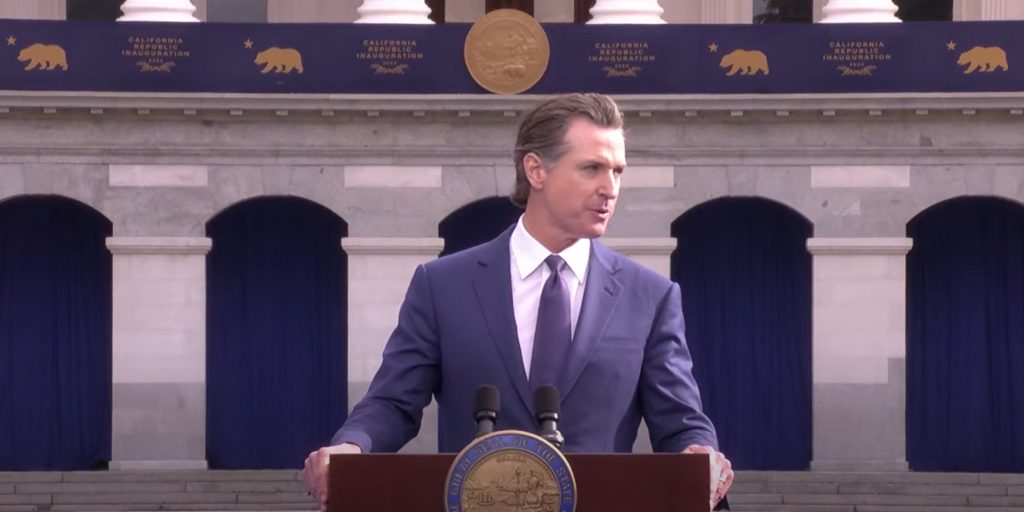
In his own statement, Commissioner Lara added , “We are at a major crossroads on insurance after multiple years of wildfires and storms intensified by the threat of climate change. I am taking immediate action to implement lasting changes that will make Californians safer through a stronger, sustainable insurance market. The current system is not working for all Californians, and we must change course. I will continue to partner with all those who want to work toward real solutions.”
Reaction to the moves made by Newsom and Lara were largely mixed on Thursday and Friday. Many pointed out that the first new major regulations in 35 years updated the industry in the state to what they currently go through and now allow them to use forward-looking catastrophe models to mark rates, rather than the old method of using older data.
“California’s 35-year-old regulatory system is outdated, cumbersome and fails to reflect the increasing catastrophic losses consumers and businesses are facing from inflation, climate change, extreme weather and more residents living in wildfire prone areas,” said American Property Casualty Insurance Association (APCIA) vice president for state government relations Denni Ritter. “The actions announced today by the Commissioner are the first steps of many needed to address the deterioration of the insurance market.”
However, despite the action by Lara and Newsom on Thursday, other insurance experts said on Friday that the plan itself had many gaps and that there was doubt that everything in the plan could be implemented by December 2024.
“It’s good that the insurance industry likes this and that it will take less people off the state plan,” said Trevor Connery, a lobbyist who has worked for insurance companies in the past. “But right now California is trying to avoid the high costs and high number of people who don’t have insurance that have plagued disaster-prone states like Florida. Floridians pay more than four times on average on insurance premiums, and because of how many wildfires popping up in California, many companies want that to be more even. This plan addresses some of that, but not all.
“Like the FAIR plan needs to be less attractive. It’s good as an emergency option, but after all the steps insurers in the state are taking, Fair is becoming more and more of an option. California needs to stop that. And implementation is another thing too. Some of the things they want to do will take time, and it is being based on the hop that California doesn’t see a catastrophic wildfire or earthquake or other major event in the next few years. If one does happen, FAIR may not fair well, and it could be the last straw for insurers. They have fled Louisiana and Florida, and one more big event in California could cause the same mass exodus. What happened in the past several months is nothing compared to that scenario.
“Good first steps today, but they should have made these decisions some time ago and really need to expand upon them. The insurance industry is in by and large. Californians want more options. It’s just the state that, despite everything today, is still behind on.”
Lara has said that he wants all parts of the plan in place by December of next year.
- Bill to Require Law Enforcement Disclosure if AI Was Used To Help Write Reports - August 7, 2025
- Gov. Newsom Files FOIA Request To ‘Expose True Cost’ Of L.A. Federal Troop Deployment for Anti-ICE Riots - August 6, 2025
- California Redistricting: How Newsom’s Plan Will Demolish Hard Fought GOP Gains - August 6, 2025


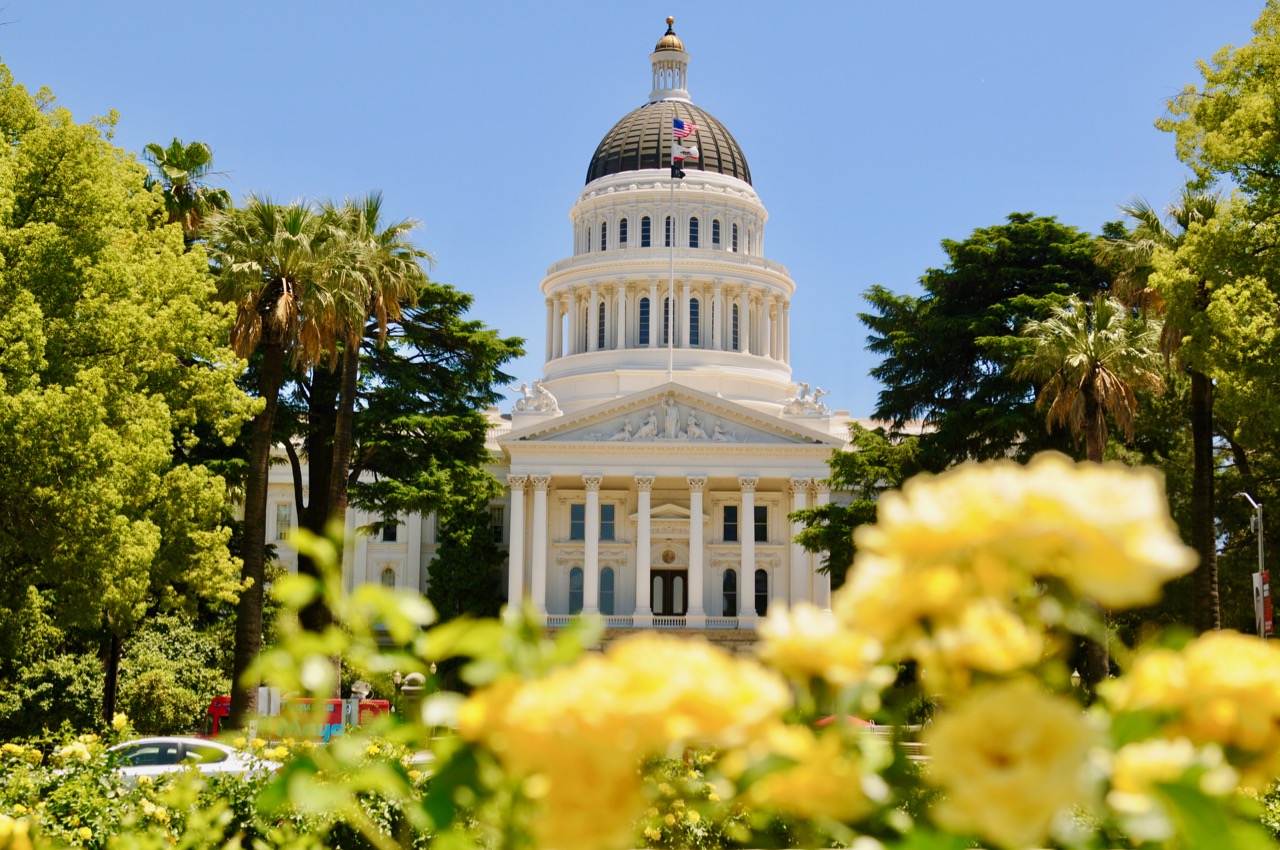
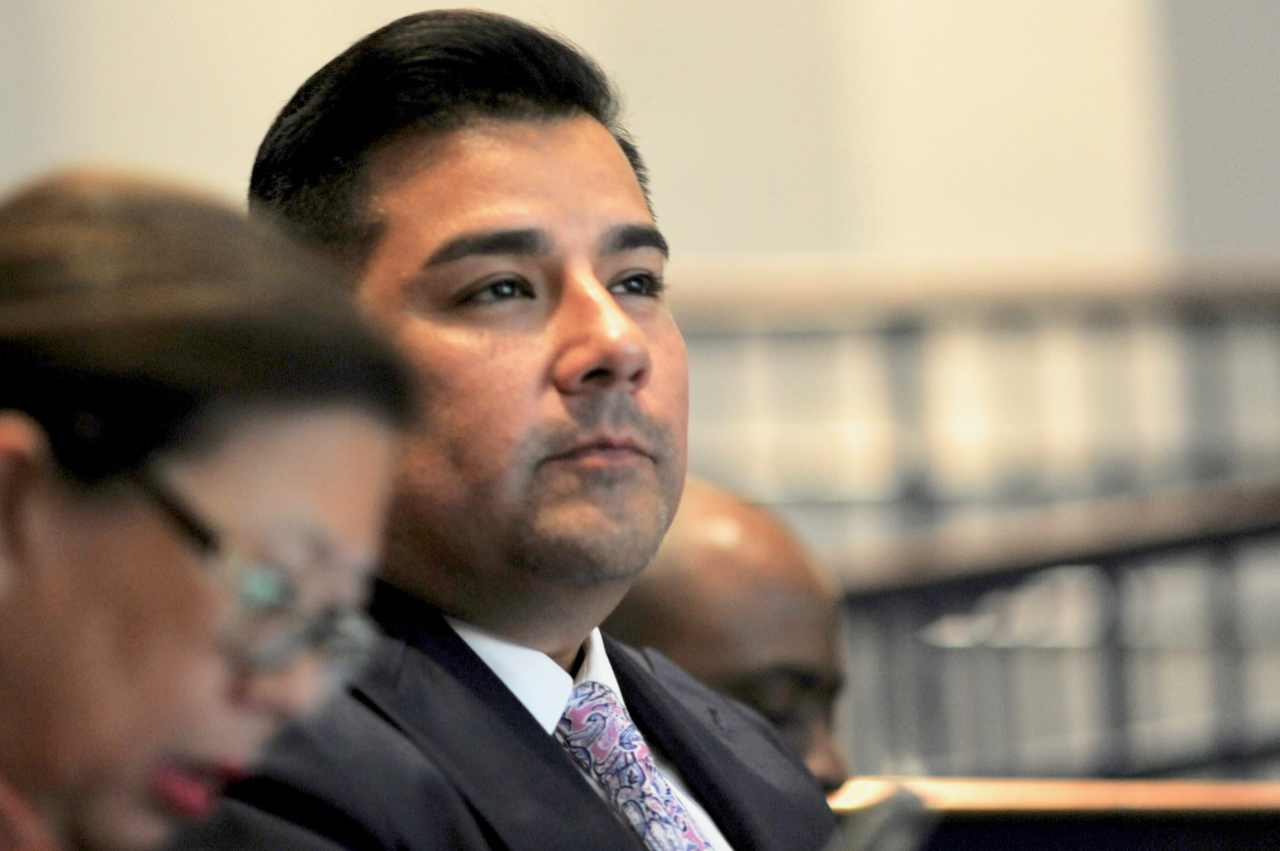
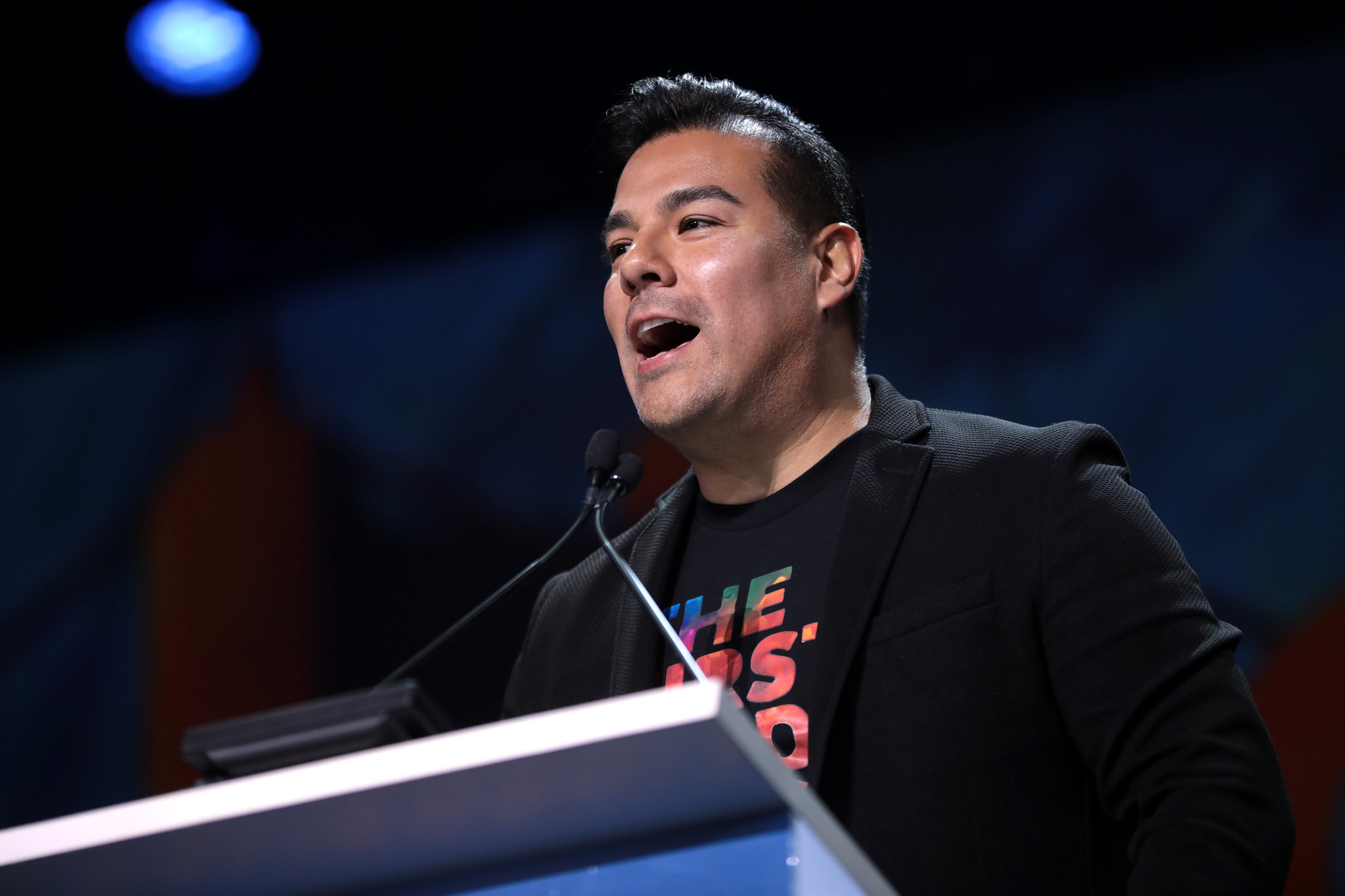
So basically, because I don’t live in a fire prone area, I get to subsidize those that do. Oh well, I kind of figured my fire insurance would be going up.
Where is the responsibility of CA to REMOVE THE DRY BRUSH which is the main problem for fires spreading
so of course they ignore it and pass the cost to other property owners
Agreed 100%
I’m old enough to remember when the fire departments used to run controlled burns on still, overcast days (“May Gray/June Gloom”) to mitigate the potential fuel load during “fire season” but no longer, due to the “environMENTALists” insistence that we release TONS of TOXIC particulate matter into the atmosphere in cataclysmic fire events that burn homes and cars, instead of organic plant matter in small, controlled burns, similar to what the local Native Americans used to do for millennia…
Proof that “progressives” are devoid of rational logic, and ruled by their emotions…
And the rest of us PAY DEARLY (both literally AND figuratively) because of this human failing…
California is, and has been, ruled by Democrat IDIOTS for decades….
200% correct!
Climate change has nothing to do with California’s insurance crisis. Property values and building cost have soared and insurance rates have not been allowed to keep up. 30 years ago you could find a good home for $250K, now you need $1M. Additionally, in the last 15 years there has been a boom in building homes in fire prone areas. Every 5-7 years there is a fire that burns from the valley to Malibu. Stop blaming climate. Manage the trees and brush properly. If the climate is causing all this why aren’t the Hollywood liberals fleeing their beach homes to protect themselves from pending doom?
Yes, 100% correct!
I take exception in the third paragraph “increased risk of danger because of more wildfires and other natural disasters associated with climate change”. Most wildfires are not a natural disaster but are manmade because of no forest management and the fact that California passed a law in 1990 that got rid of all of the logging companies. They have nothing to do with climate change. A natural disaster is an earthquake or a flood (where they have the levees have not been maintained).
Yes, it is ironic how California has a new “season” , fire season, after de-funding the forestry department .
Notice Newsom’s use of a new term that the media will jump on and echo …..
climate catastrophe.
Shut up, Gav, you think you are slick but you are just a trick….pony.
Diesel moves industry.
Electric cars still require electricity.
California entered the union as a free state.
Wake up , you ain’t woke.
Veto a bill to destroy parents rights today
but
yesterday you targeted a school with a million dollar lawsuit .
Gavin Newsom wants to remove the second amendment from the constitution
but
he will not be alone in public unless he is surrounded by concealed carrying bodyguards.
News Flash –
GETTING OUR VOTE DOES NOT MAKE ANYONE BETTER THAN ANYONE ELSE
IT JUST MAKES YOU MORE ACCOUNTABLE TO US.
….dosn’t it ?
DOESN’T IT ?
AMEN Mary 🙂